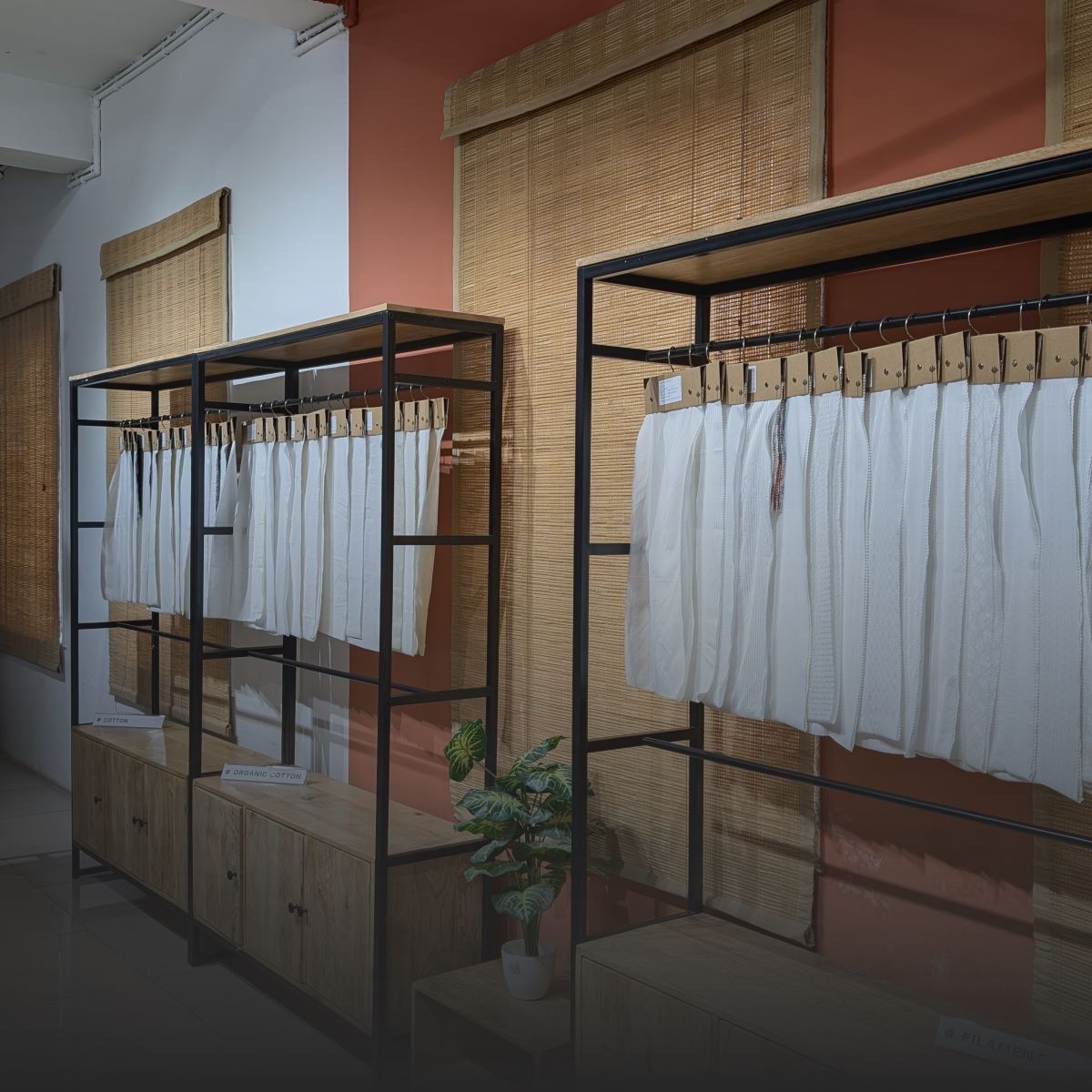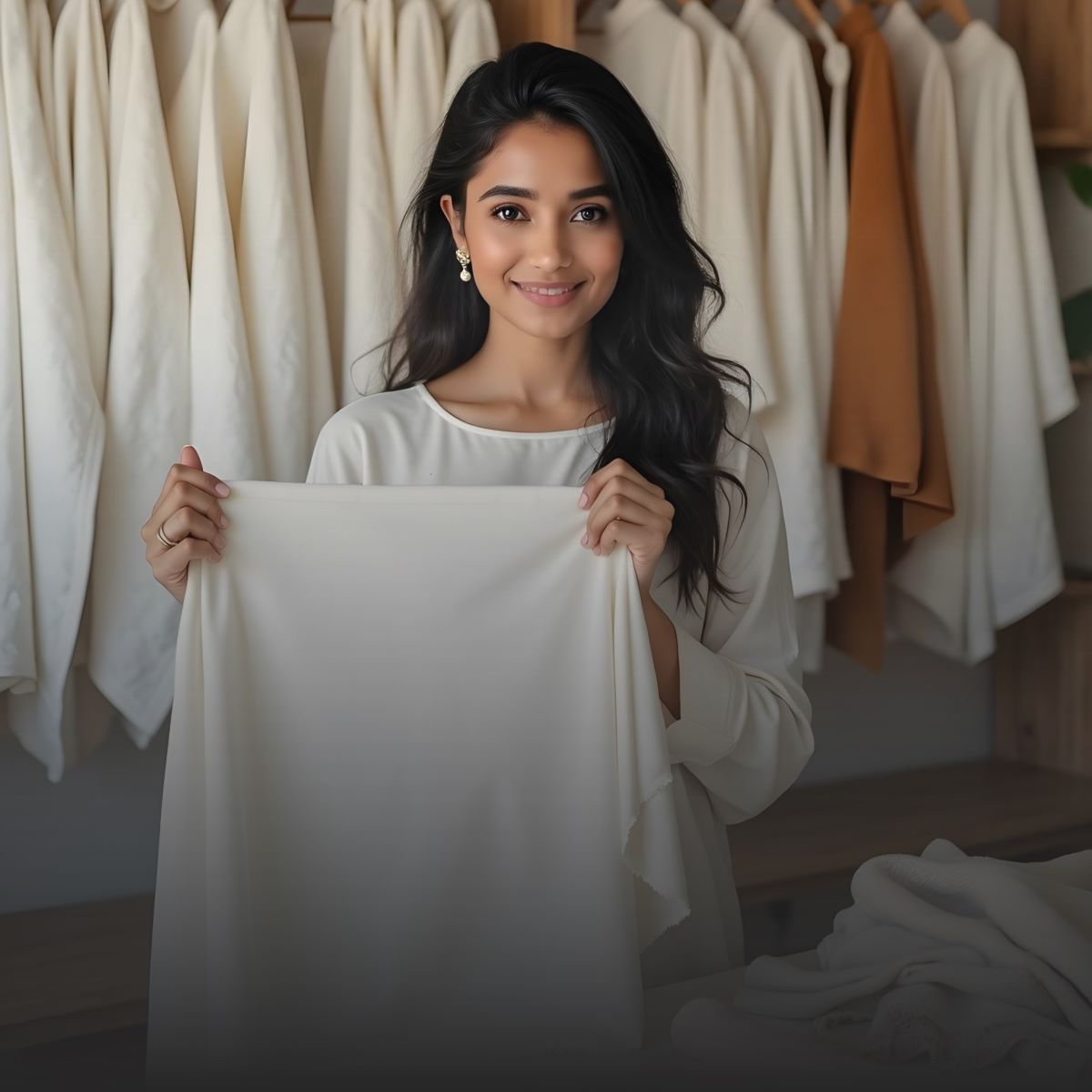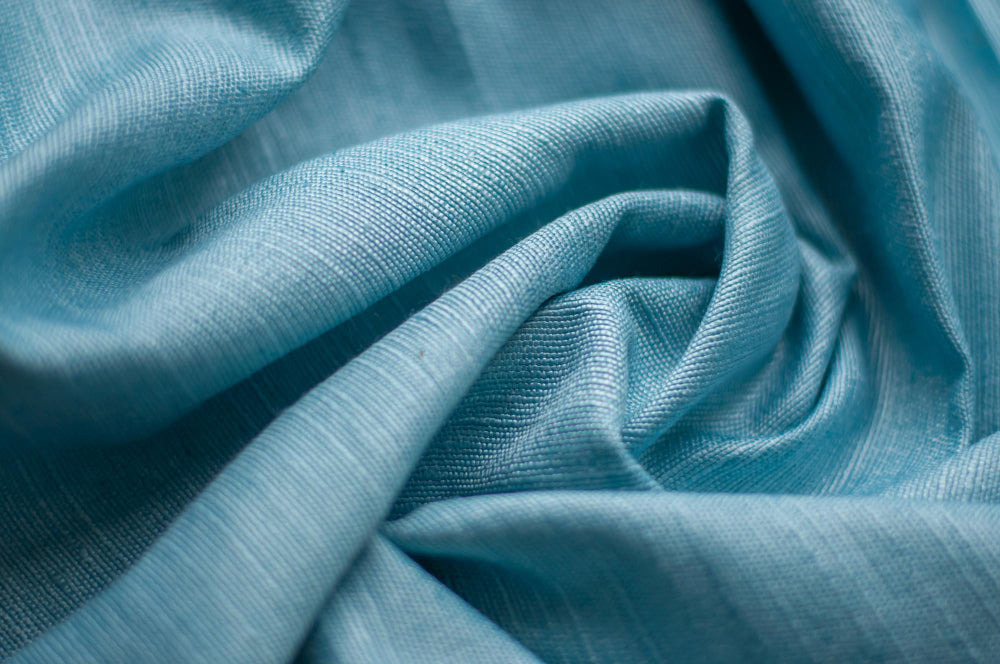In the global fashion industry, creativity drives demand—but supply chains determine success. No matter how innovative a design may be, a fashion label cannot thrive without consistent, high-quality fabric supply. From large luxury houses in Paris and Milan to direct-to-consumer (D2C) startups in New York or Bangalore, every brand faces the same reality: garment production is only as reliable as its fabric supplier relationships.
As the industry shifted towards faster launches, lower MOQs, and sustainable sourcing, the fragmented systems revealed their shortcomings. Building strong and transparent partnerships with fabric suppliers is essential for quality, scalability, and risk reduction.
This article examines the challenges brands face in fabric sourcing, explores ways to strengthen supplier relationships, and discusses how global partners like Fabriclore are transforming garment production management.
Challenges Fashion Brands Face in Fabric Sourcing
Finding the authentic fabric in today's fast-paced fashion business isn't just about finding the material; it's also about finding the best balance between speed, quality, cost, and sustainability.
Fashion brands face a number of problems that can affect their ability to change designs, the time it takes to make clothes, and their ability to make money. These problems can happen whether they are releasing a small private collection or going global. This is what we need to talk about:
1. High MOQs and Financial Barriers
One of the most common barriers fashion startups and mid-sized businesses encounter is the minimum order quantity. Traditional mills in Europe and the US often demand 500–1000 meters per fabric, or 500–1000 pieces per style.
- For a luxury fashion house, this may be manageable.
- But for a new D2C startup launching a capsule collection of 5–6 styles, the upfront investment becomes prohibitive.
As a result? Many brands either make too much, which costs them money because they don't sell all of it, or they give in and choose fabrics they didn't want just to meet MOQ requirements.
2. Long Lead Times
Fashion trends now change every few weeks. Platforms like Zara, H&M, and Shein have conditioned consumers to expect constant new arrivals. Yet, traditional supply models operate on a 6–8 month lead time—too long for today's dynamic market.
Delays in fabric delivery ripple across the supply chain, causing sampling delays, longer approvals, and missed seasonal garment launches.
3. Fragmented Supply Chains
Many brands source fabric from one supplier, send it to another for dyeing or printing, and then to a third for stitching. This broken model leads to inefficiencies:
- Fabrics that don't match up during large runs.
- More money spent on supplies.
- Quality control that isn't constant.
- More delays and gaps in contact.
Small brands that don't have their own sourcing teams find it hard to keep track of all their sources.
4. Limited Customization
Today's fashion market thrives on uniqueness. Consumers don't want generic stock—they demand exclusive prints, customised colours, and sustainable fabrics.
But many suppliers only offer ready stock basics—leaving brands unable to differentiate themselves in the market.
5. Sustainability Pressures
Global regulations, particularly in the European Union and the US, are making sustainability non-negotiable. Brands are supposed to buy fabrics that have these kinds of certifications:
- GOTS stands for Global Organic Textile Standard.
- Standard 100 from OEKO-TEX
- Trade Justice
- Global Recycled Standard
The question? Sometimes it's hard to find certified sustainable fabrics in your area, or you have to buy a lot of them. It hurts smaller fashion brands because of this.

How Strong Fabric Supplier Relationships Solve These Issues
Fashion companies can get around these problems by building long-term, trust-based relationships with fabric providers. Having good relationships with suppliers leads to:
- Negotiation Power – Brands that get sales all the time can get lower MOQs or faster deliveries.
- Priority Access – Loyal customers often get early access to new collections or sustainable fabrics.
- Customisation Support – Suppliers are more likely to offer exclusive dyeing, printing, and finishing services to trusted partners.
- Quality Consistency – Through repeat collaborations, suppliers gain a deeper understanding of a brand's quality expectations, which in turn reduces defects.
- Sustainability Alignment – Long-term partners are more willing to invest in certifications or eco-friendly processes for brands they trust.
Simply put: Strong fabric supplier relationships transform sourcing from a transactional process into a strategic advantage.
Fabriclore: A One-Stop Global Partner for Fabric & Garment Manufacturing
Unlike traditional mills that specialise in only one category (e.g., denim-only manufacturers in Texas or couture silk houses in Italy), Fabriclore offers an integrated sourcing and garment manufacturing solution—all under one roof.
Here's how:
1. End-to-End Fabric Options
Fabriclore provides 1,000+ fabrics, covering everything from:
- Cotton, linen, viscose, silk, polyester, denim.
- Sustainable blends: TENCEL™, organic cotton, LIVA™, Bemberg™, hemp.
- Greige & RFD (Ready-for-Dyeing) fabrics for brands that want full control over finishing.
2. Custom Dyeing & Printing Solutions
Brands don't have to settle for stock fabrics. Fabriclore offers:
- Digital printing for photo-realistic designs.
- Screen printing for bold graphics.
- Hand block printing (Ajrak, Kalamkari, Dabu).
- Indigo dyeing for heritage authenticity.
- Embroidery & Schiffli work for premium collections.
This flexibility allows fashion brands to launch exclusive designs that stand out.
3. Low MOQ Advantage
Fabriclore supports startups and boutique brands with 300 pieces per style and 50 pieces per size, unlike mills that demand 500–1000 pieces. You can buy fabrics from as little as 1 meter. This gives new labels the power to try out lines before going big.
4. Swatches Before Bulk
This is what each band has:
- Fabric weight and GSM.
- Ratio and makeup of the blend.
- Finish the accents and weave.
This makes sure that brands can check out fabrics before placing big orders, which lowers the risk.
5. Garment Manufacturing Services
Fabriclore isn't just a fabric supplier—it's also a garment manufacturer covering:
- Menswear – Shirts, trousers, chinos, loungewear.
- Womenswear – Dresses, ethnic fusion, formal wear.
- Kidswear – Casual, activewear, loungewear.
- Accessories – Scarves, bags, scrunchies.
With pattern development, prototyping, stitching, finishing, and packaging, brands get an end-to-end production solution.
6. Global Delivery
Fabriclore ships swatches and bulk fabrics across Europe, the USA, the UK, the Middle East, and Australia—making it a reliable global partner.

Strategies to Build Long-Term Partnerships with Fabric Suppliers
To achieve consistent garment production, brands must approach supplier relationships strategically. Here's how:
1. Communicate Clearly & Frequently
- Share detailed tech packs for accuracy.
- Use digital tools (ERP, Slack, Trello) to track timelines.
- Keep a single point of contact to avoid miscommunication.
2. Start Small, Scale Smart
- Begin with low MOQ swatches or small runs.
- Paying on time and giving comments will help you build trust.
- Grow slowly at first until you know you can trust the provider.
3. Prioritise Transparency
- Demand clarity on pricing, lead times, and certifications.
- Choose partners with mill-to-brand pricing (like Fabriclore) to avoid hidden markups.
4. Invest in Sustainability Together
- Work together on materials that are eco-friendly.
- Ask for azo-free coloring and cutting with little waste.
- Create a traceable supply chain that mindful buyers will want to buy from.
5. Co-Develop New Collections
- Work with suppliers to develop exclusive fabrics or prints.
- This strengthens loyalty and prevents competitors from using the same stock materials.
6. Treat Suppliers as Partners, Not Vendors
- Share market insights to help suppliers understand key trends.
- Provide forecast visibility for smoother planning.
- Celebrate milestones (e.g., 5 years of collaboration).
Future of Fabric Supplier Relationships
The future of sourcing will be defined by technology, sustainability, and hybrid supply chains.
- AI & Predictive Analytics – Help forecast demand, optimise MOQs, and reduce waste.
- 3D Visualisation & Virtual Sampling – Cut down sampling timelines by 40–50%.
- Blockchain & Traceability – Ensure ethical sourcing and supply chain transparency.
- Hybrid Sourcing – Brands will combine local USA hubs (for speed) with global partners like Fabriclore (for variety & sustainability).
Brands that embrace these trends—and build strong supplier relationships—will gain a long-term competitive edge.
Conclusion
Consistent garment production depends not only on skilled designers or advanced machinery but on strong, trust-based relationships with fabric suppliers.
By addressing common challenges—high MOQs, long lead times, fragmented supply chains, limited customisation, and sustainability pressures—brands can secure stability in their collections.
Global partners like Fabriclore demonstrate how an integrated model—encompassing fabric sourcing, swatches, customisation, and garment manufacturing—can streamline the process for both startups and global fashion houses.
Companies that see their suppliers as strategic allies will be successful in the future. Brands and suppliers working together not only makes better clothes, but it also makes the fashion industry stronger, longer-lasting, and more flexible.
Also Read: Top Garment Manufacturing Hubs in the USA for Emerging Businesses
FAQs
Q1. Why Are Fabric Supplier Relationships Important In Garment Production?
Strong supplier relationships ensure consistent fabric quality, timely delivery, and better customisation options. They reduce sourcing risks and help brands scale reliably.
Q2. How Do Low Moq Suppliers Support Fashion Startups?
Low MOQ suppliers, like Fabriclore, let startups order from 1 meter/ swatches or 300 pcs per style for garments—reducing financial risk and enabling brands to test collections before scaling.
Q3. What Fabrics Should I Prioritise For Consistent Garment Production?
Focus on versatile fabrics like cotton, linen, viscose, silk, polyester, and sustainable blends. Using RFD fabrics allows customisation while ensuring consistency in bulk runs.
Q4. How Can Suppliers Help With Sustainability?
Suppliers with GOTS, OEKO-TEX, and Fair Trade certifications ensure fabrics are eco-friendly. Some, like Fabriclore, also use azo-free dyes, low-waste cutting, and eco-packaging.
Q5. What Role Does Fabriclore Play In Fabric Sourcing And Garment Manufacturing?
Fabriclore provides a one-stop solution: 1,000+ fabrics, swatches, custom dyeing & printing, garment manufacturing, private labelling, sustainable fabrics, and global delivery—all under one roof.
Q6. How Do I Build A Long-Term Partnership With A Fabric Supplier?
Start small with swatches, communicate clearly, prioritise transparency, invest in sustainability, and co-develop collections. Over time, this builds loyalty and ensures consistency.
Q7. Is Private Label Garment Manufacturing Better Than Wholesale Buying?
Yes. Private labels allow brands to control fabric, design, trims, and packaging, unlike wholesale, where collections are generic. This builds a stronger brand identity and higher profit margins.




